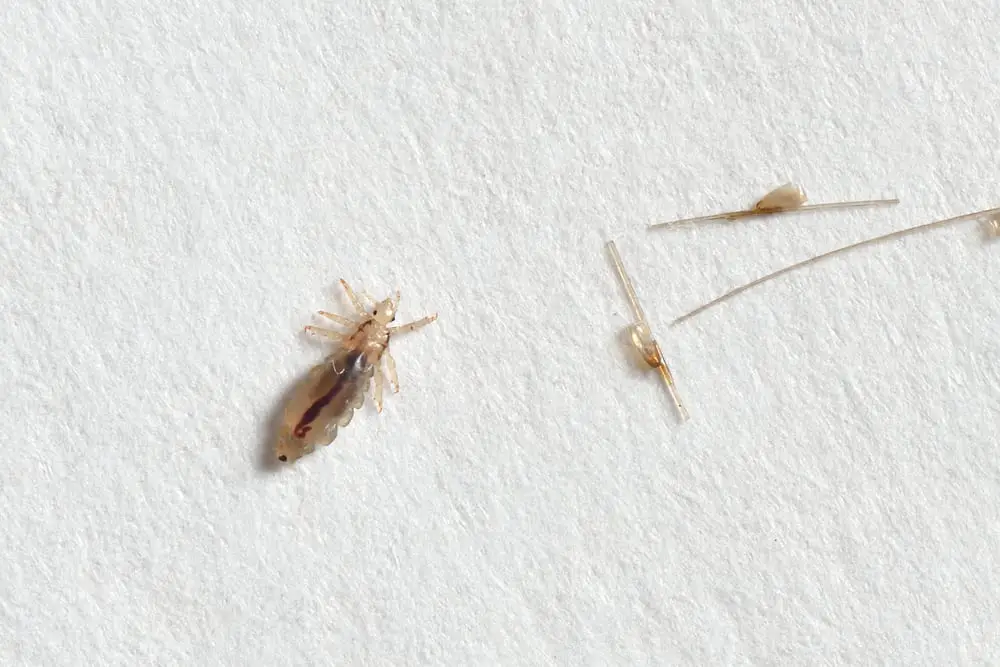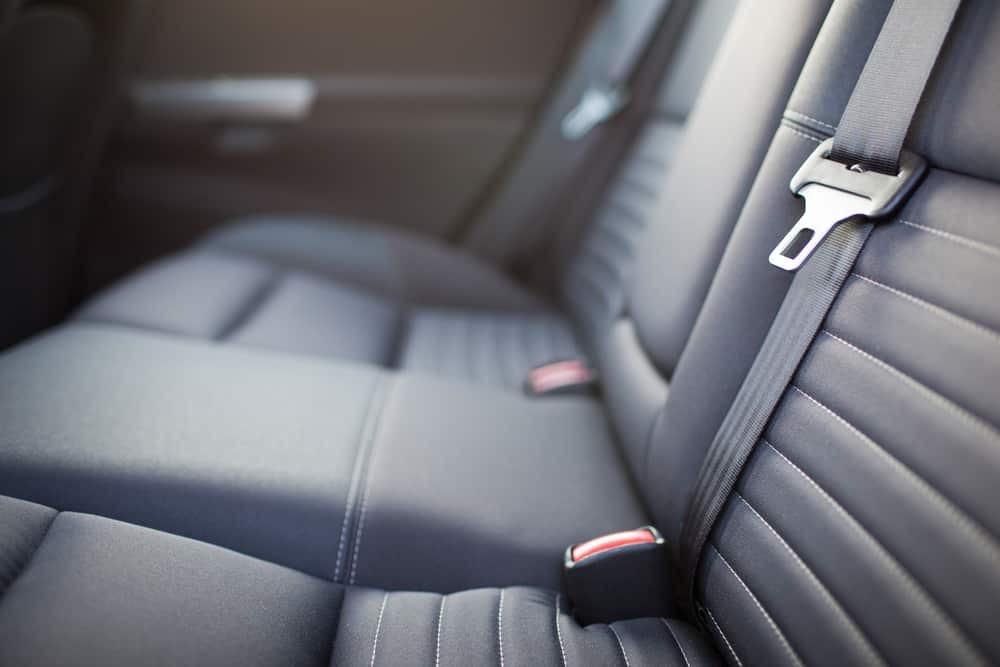Head lice love living on human heads, and after you kill the bloodsuckers with harsh chemicals, the last thing you want is to get them back. Just the thought of head lice is enough to make me feel phantom itches and causally begin scratching at my head. If you have experienced a head of lice, you know it is unpleasant, and the trauma can haunt you.
In an effort to try and get over the contact with hair lice you have had, you will want to check the entire house for lice and clean everything you encounter. Only then can you feel that you have taken care of lice and are safe again. That is, until you think about checking your car seats for head lice.
Could they still be living there? Should I clean my vehicle after head lice? Let’s find out!
Will Head Lice Live in a Vehicle?
Yes, in some conditions, with regular access to hosts, head lice can live in a vehicle for quite some time. There are many factors that could lengthen or shorten the stay, and each of those should be considered carefully. Parking your car in a place head lice cannot survive might be part of your louse control program.
A female louse can only live a short time without blood and needs even more to lay lice eggs. Cloth seats and leather seats offer a good place for lice to hide and a snack every time you get in to drive. If you spend a lot of time in your car, then this could continue for quite some time and could add risk to your child for head lice infestation.
The internal temperature of the cabin in your car has to stay at precise temperatures for a stray louse to survive. If you live in a temperate climate and park your car indoors or in covered parking, you could harbor the presence of lice for a long time.
The reoccurrence of head lice is much greater, as well as the risks of head lice to any passengers, the longer your car’s seats are untreated. Sometimes hitting the headrests with a damp cloth of alcohol or a pesticide lice spray can be enough to treat a car.
Should I Clean My Car After Lice Infestations?

After having lice for a period of time, it is a good idea to clean the car thoroughly. Using a vacuum cleaner like a handheld vacuum and a sticky lint roller can be enough to start giving you peace of mind. The last thing you want to happen when you are trying to drive is to start thinking there are lice crawling all over your head, looking for a human blood meal.
It is a good idea to keep cars clean after having lice to prevent any risk of re-infestation. The cleaning process should start right after the rest of the house is clean to ensure no eggs or new lice come in direct contact with your head. After a couple of days, most household surfaces and car interior surfaces will be lice-free if temperatures are warm. In cold, humid temperatures, super lice might live for 24-48 hours.
Car Temperatures and Effects on Lice
The interior cabin temperature of your car can determine how long you may have live lice in your car. Lice eggs are a bit more hearty but are less likely to hatch and make it to your hair shaft than adults still crawling around. A hot cabin and cold cabin both offer different survival times for lice, and that should be considered when deciding if your car needs to be deloused.
A cabin that fluctuates drastically or has prolonged warm temperatures that drop to cold temperatures can kill lice in 12-24 hours or less. If the temperature in the cab ever drops below freezing, then lice and their eggs will die right away. If your car is cold but not frozen yet, you may extend the life of the lice by a day or two. Try to kill the lice with a vacuum cleaner and insecticidal spray if the temperatures are low but not freezing.
| Temperature | Effect On Lice |
| Hot | Kills in 5 mins if over 130 degrees |
| Cold | Can live for 2 or more days in cool to cold temperatures |
| Temperate | Will live for one or two days |
| Fluctuating | Can kill instantly if the range is great enough |
| Below Freezing | Will kill lice immediately |
Removing Head Lice from Leather Seats in Cars?
If you have leather car seats, you will want to clean the lice to avoid blood spots or other discoloration. Live lice can make a mess, and keeping the seats clean is important for hygiene and appearance. Wiping down the seats after a lice infestation is a good start, but the tips below will help you clean your car fast, with full assurance that the lice are no more.
Car Seat Cover in the Dryer
If you use car covers you can remove and dry them to kill all lice. If you do not have that then other heat or cold treatments can be used to kill hidden bugs. A blow dryer can heat the seats high enough to kill bugs but trying to freeze the seats may damage the leather. Wiping down the leather with a safe polish should choke and kill any remaining bugs as well as clean and shine your seats.
Vacuum
Any dead bug, dirt, or debris that has accumulated in your car and between the leather seats can be sucked out. It is nice to run the vacuum over the areas where head contact is common. Headrests and the fabric around windows are common places to clean. Get in all the crevices to make sure no eggs are still around to hatch and get back on you.
Sticky Tape Lint Roller
This can be used as an emergency solution before a lice treatment. In drastic measures you can use a lint roller to hit the areas you know lice are like a child car seat or the headrest of an infected passenger. The roller can catch the most active lice and prevent a large transfer of these pesky critters. Dispose of the lint tape safely to prevent spreading lice further.
Pesticide and Flea Repellent
Spraying your car and closing the doors can help you fumigate and kill pests quickly. After they are dead you can air them out and then proceed with the rest of the cleaning process. This will ensure any pests that have gotten into air vents or other impossible-to-reach places are dead. After cleaning any aroma that repels lice and other pests can be used to keep your car safe a little longer while you treat the rest of the house and other family members with lice.

